- Tags:
- Cherry Blossom / Flowers / MoMo / peach blossom / plum blossom / Sakura / Ume
Related Article
-
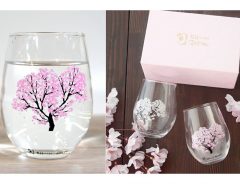
Color changing cherry blossom drinking glasses show full bloom sakura when filled
-

Photographer Captures Cherry Blossom Path “Suddenly Appearing” In The Middle of Tokyo
-
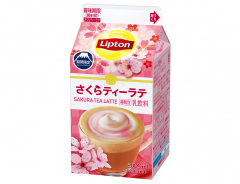
Lipton Japan Releases Convenience Store Sakura Tea Latte for Cherry Blossom Tea Break
-
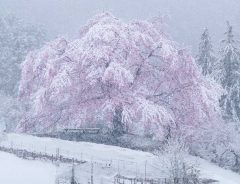
Snow-covered cherry blossom flowers provide a serene way to capture the sakura season
-

Two Schoolgirls Drew A Beautiful Artwork In Their Remaining Days Of High School
-
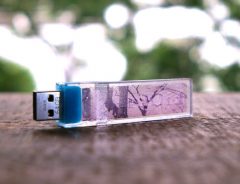
Save your cherry blossom party memories with this sakura USB stick
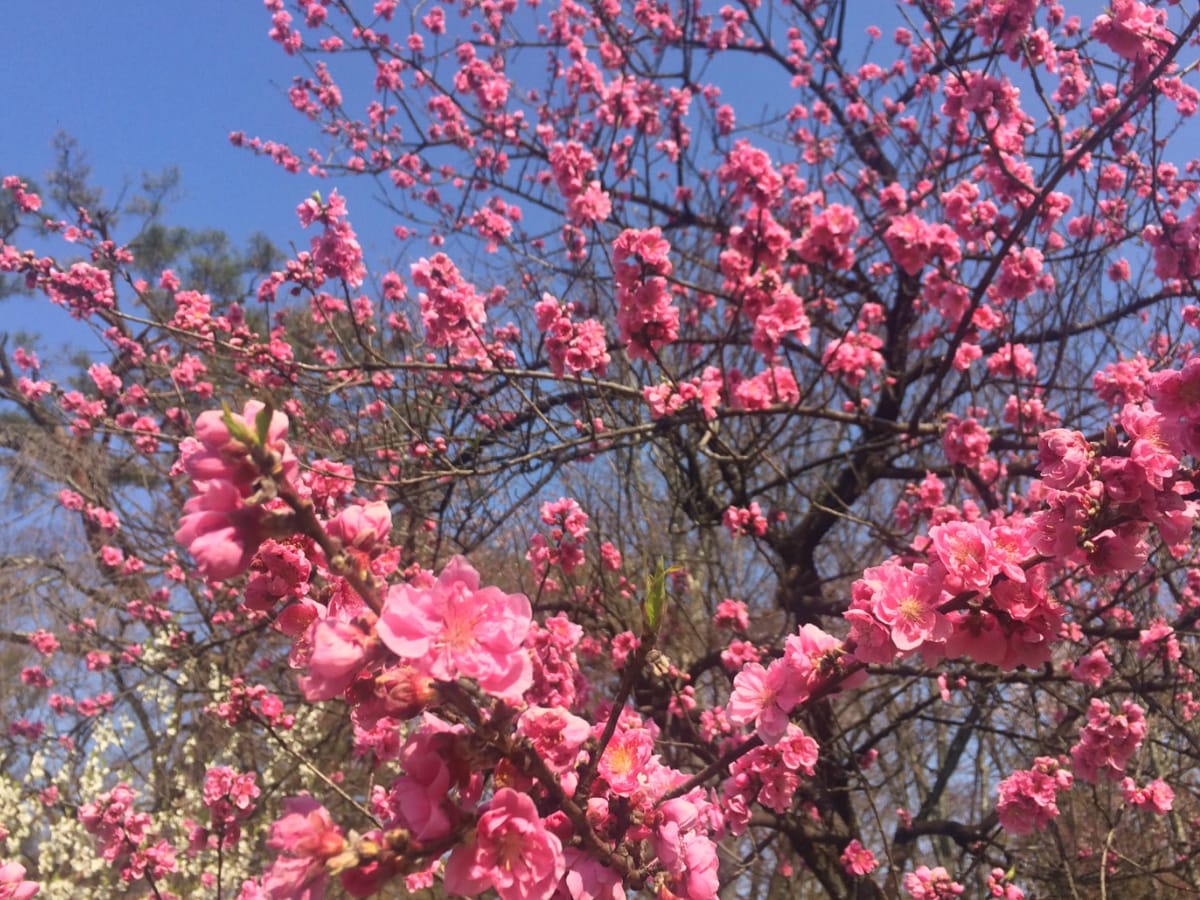


Spring is slowly but surely sweeping across Japan. And every year it brings...well hay fever for the unlucky. But also FLOWERS! Tourists from all over the world visit Japan to enjoy cherry blossom viewing. According to government data, last April saw a record high of almost 3 million foreign visitors. And from January to April of 2019, 10.9 million foreign tourists spent some time in Japan.
Those numbers are certainly in no small part due to Japan’s well-known cherry blossoms. From sakura-centered night-time illumination shows, sakura flavored donuts, Starbucks drinks, to curry and hot dogs, sakura is the unequivocal symbol of spring and its influence reigns supreme. Link here for endless sakura-themed articles from grape Japan.
Now, I love sakura just as much as the next person. But my friends and I seem to misidentify the flowers every single year. It’s certainly one great excuse to talk to Japanese people and make friends.
“Sumimasen, kore wa nan no hana desu ka? Sakura desu ka?”
I suppose some of you reading this may think I’m a fool. You’re all like, “Hah, he can’t tell apart sakura from ume.” And yes, you’re right. That’s why I’m writing this article. Call it a bit of self-study. And I’m also here to raise all of your flower-identification skills as well.
Below is Exhibit A. I ask you, is it sakura (cherry blossom) or ume (plum blossom)?
Photo by Mujo
If you guess sakura, you’re wrong. And if you guessed ume, you’re not right either. Hah! Did I trick you? (I do feel a bit guilty about resorting to trickery, but I need to prove my point)
Some may have realized this flower is actually momo, or peach blossom.
Peach Trees and Blossoms - Momo 桃の花
Photo by Mujo
Peach trees are associated with Girl’s Day, Hinamatsuri, on March 3rd and it’s been said peach blossoms ward off evil spirits.
In Japan, the flowers typically begin blooming late-March until mid-April. They can range in color from white to bright pink. The flower consists of five petals which taper to sharp points. The flowers grow in clusters along the tree’s shorter branches.
The pictures I took above were at Kyoto’s Imperial Palace on March 17. At the north end of the palace is the Konoe Residence park, where you can find both peach and cherry trees.
Plum Trees and Flowers - Ume 梅の花
Photo by Mujo
Japanese plum trees bloom earliest of the three. Depending on where you are in, you can see flowers as early as January, to around March.
Characterized by 5 rounded petals, ume don’t have flower stems like sakura, they bloom directly off the branch. Like momo, they range in color from white and pale pink, like in the image above, to a deeper shade of pink.
I visited Osaka’s Expo Memorial Park 万博記念公園 in late February and was surprised to find a whole grove of ume trees. On March 19, I visited the Kyoto Botanical Gardens 京都植物園 in northern Kyoto and a few ume trees were still in bloom.
Photo by Mujo
Cherry Trees - Sakura 桜
Photo by Mujo
Last but not least, the flower that gets all the glory. Sakura viewing goes way back in Japan and cities like Kyoto seem like they were designed to specifically heighten the flower viewing experience in spring.
There are tons of places across Japan to catch sakura’s fleeting beauty such as Osaka Castle in Osaka, Sumida Park in Tokyo, and Senkoji Park in Hiroshima, to name a few.
In Kyoto alone you can find them for free all along Kamo River or Kiyamachi Street. Also there’s Maruyama Park in Gion, Kyoto Imperial Palace, and Nijo Castle, etc.
Sakura bloom between March and April. Their petals are almost heart-shaped and the flowers bloom from long stems, which helps distinguish them from both momo and ume. Pale pink cherry blossoms are the most common, but some trees can produce dark pink, or even yellow and green blossoms.
Photo by Mujo
I hope this short guide helped you to recognize the differences between these flowers. It can still be difficult sometimes, especially sakura, with its many variations. Anyways, happy flower viewing!